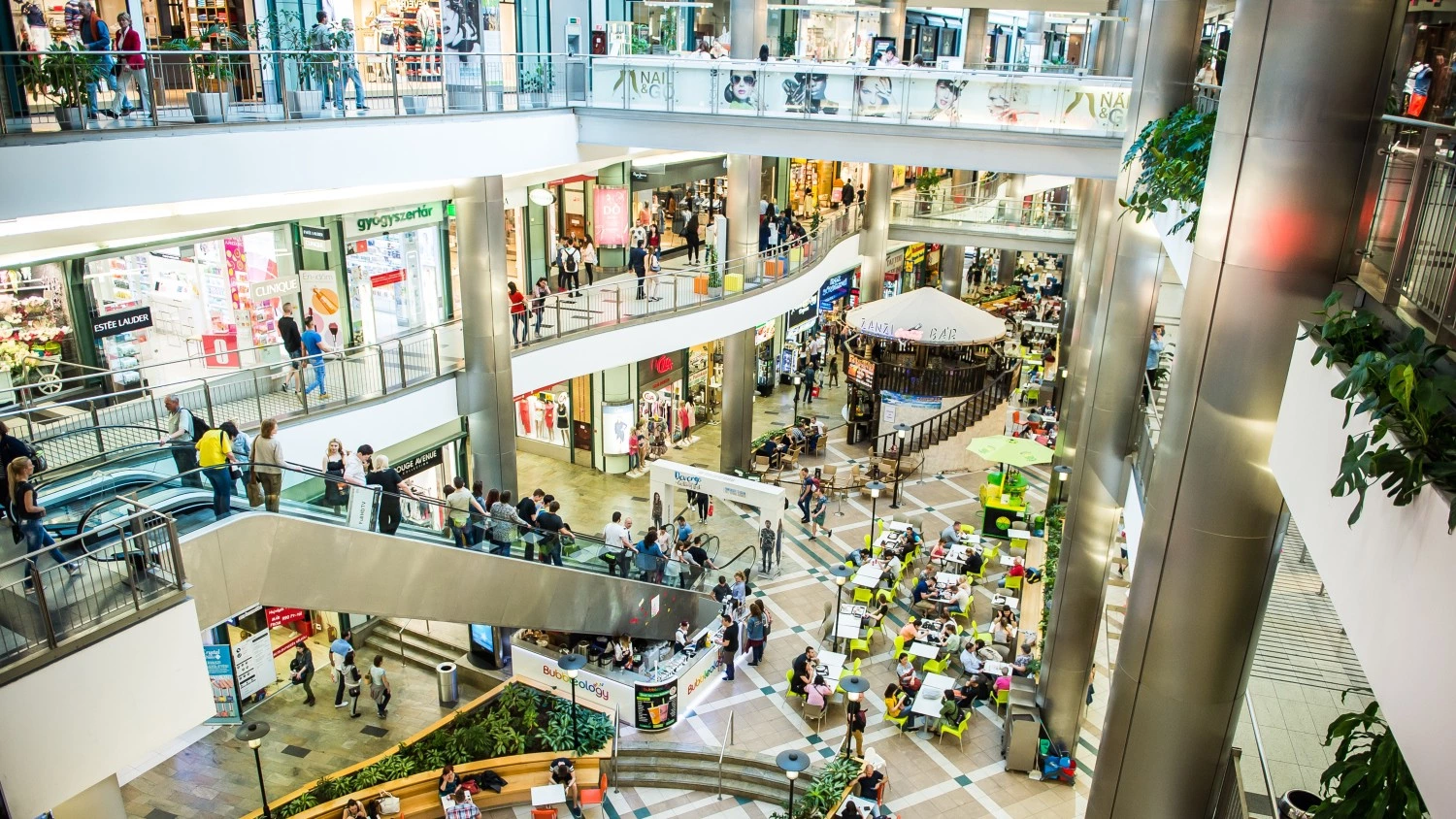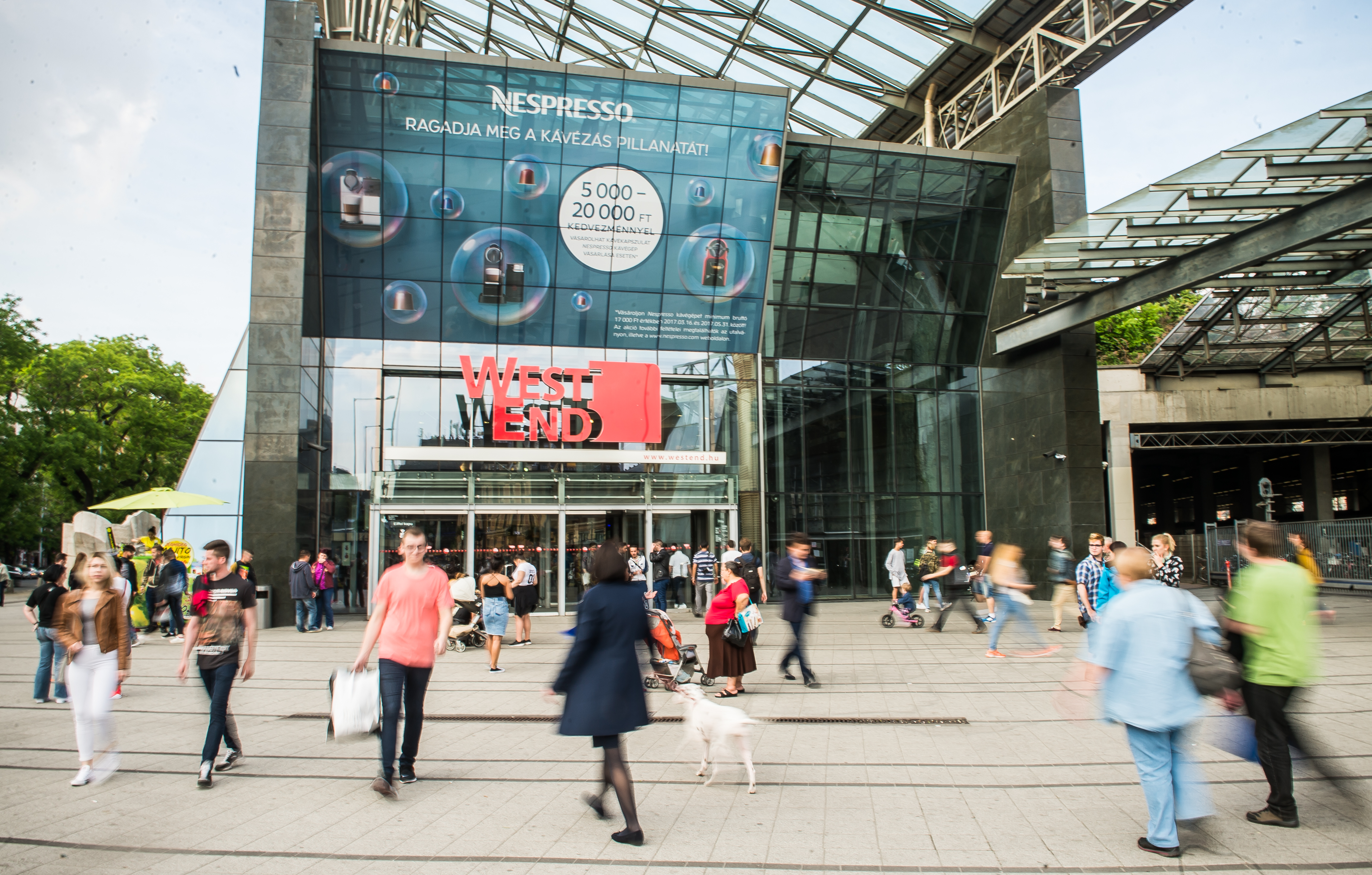
The residential and office markets have received the lion's share of attention in Budapest recently, but the retail market is also gaining more interest from both tenants and investors. Tourism is booming, domestic purchasing power is growing and the only thing that can hinder growth is the lack of available space and new developments on the market.
A few years ago the city centre of Budapest still had many empty retail properties available, and the owners could often only sell or let their properties below cost. By now this trend has changed, and investors are practically standing in line for retail properties. For example, the stores on the Grand Bouelvard – previously deserted – are increasingly popular.
Tourists and the city centre
Increased investor interest always has a positive effect on the development of a given area or branch. Our previous analyses have covered why more and more investors are turning to the property market. When discussing why retail property investments are becoming more attractive, the increase in tourism in Budapest must also be mentioned. This is especially true for the city centre, where visiting tourists bring strong financial incentive to retail services like restaurants, cafés, entertainment venues, gift shops and even the recently popular escape rooms. The number of tourists has not declined, but is growing steadily, as a result of which nearly twice as many nights are spent in Budapest per year than there were in 2000, and one and a half times as many as in 2010. This means that the development of the city centre will continue in the coming years.
Domestic purchasing power
The success of city centre retail properties shows a strong correlation with tourism, however, shopping centres, retail franchises and outlets are more strongly reliant on domestic customers. For other reasons, these segments are also strong. There have been no large shopping centres built since the law commonly known as the 'plaza ban' was passed in 2011, and amended in 2015. At first it may appear that there are a lot of shopping centres in Budapest. However, in comparison to other CEE capitals, only Belgrade and Sofia have fewer shopping space per thousand people than Budapest does. In contrast, Prague and Warsaw have nearly double, while Bratislava two and a half times as many shopping centres per capita than Budapest. As a result, well-located shopping centres are at full capacity, which is beneficial to the owners, but also makes it difficult for new brands to enter the Hungarian market.
According to a study by Cushman and Wakefield, the domestic retail property market offers good opportunities, which is also demonstrated by the fact that investment in the field tripled between 2015 and 2016. The base value was low, which is responsible for the growth, but it is certainly encouraging that the company closed 119 transactions for over 25 thousand square metres of space in one year.

Retail in numbers
Despite an exceptionally high VAT, last year saw 11 new retail brands enter the domestic market, which indicates that companies are optimistic about the purchasing power of people as a result of increased wages.
According to data from the beginning of 2017, the premium category in Budapest is represented by Váci Street, where monthly rent is as high as €110 per square metre. This means that an average business with a floor space of 100 square metres can be rented for HUF 3.4 million per month. This also holds true for the premium properties on Andrássy Road, where an average business costs HUF 1.4 million. This compares to the cost of a similar-sized unit in a major shopping mall, although in this case the location within the mall is important too. The monthly price for 100 square metres in retail parks located at the edge of the city is HUF 250,000 in Budapest and HUF 230,000 in Budaörs.
With regard to yields, there has been a decrease across the board compared to past years, but values are still higher than in most European cities. The typical annual yield on Váci Street is 5.5 per cent. On Andrássy Road it is 6 per cent and the same number holds true for the more popular shopping malls as well. In retail parks this figure can reach 7.5 per cent.
What to expect?
Regarding the future, no major shopping mall developments are expected, the only exception being the planned Etele Plaza. The seven storey mall in District 11 has a planned floor space of 53 thousand square metres. It will house shops, a multiplex cinema, a food court and a roof terrace as well as a P+R parking lot with a 2400 car capacity. There is no specific date of completion as of yet.
The large tenants are in a difficult situation when trying to expand in Budapest now, as the number of retail properties is extremely limited. Therefore, in order for proper competition to develop between existing and incoming retailers, it would be conducive to look into overhauling the ‘plaza ban’.



